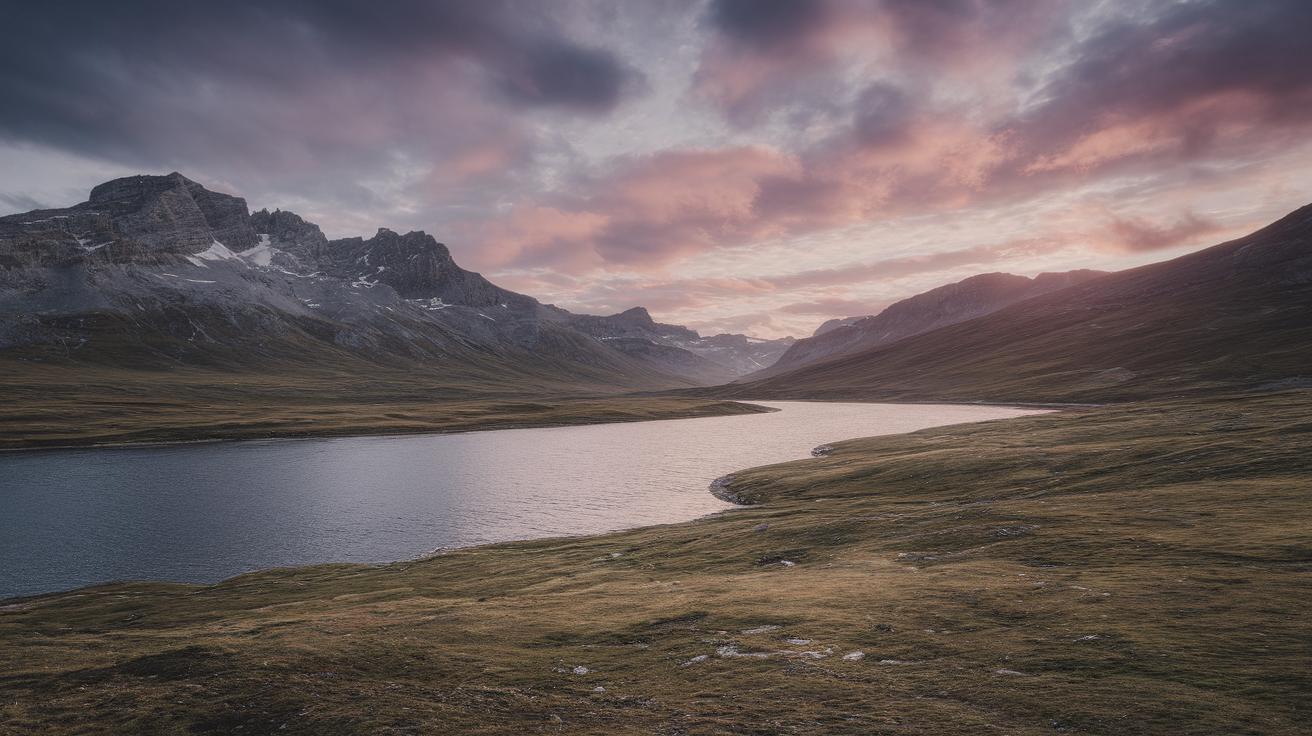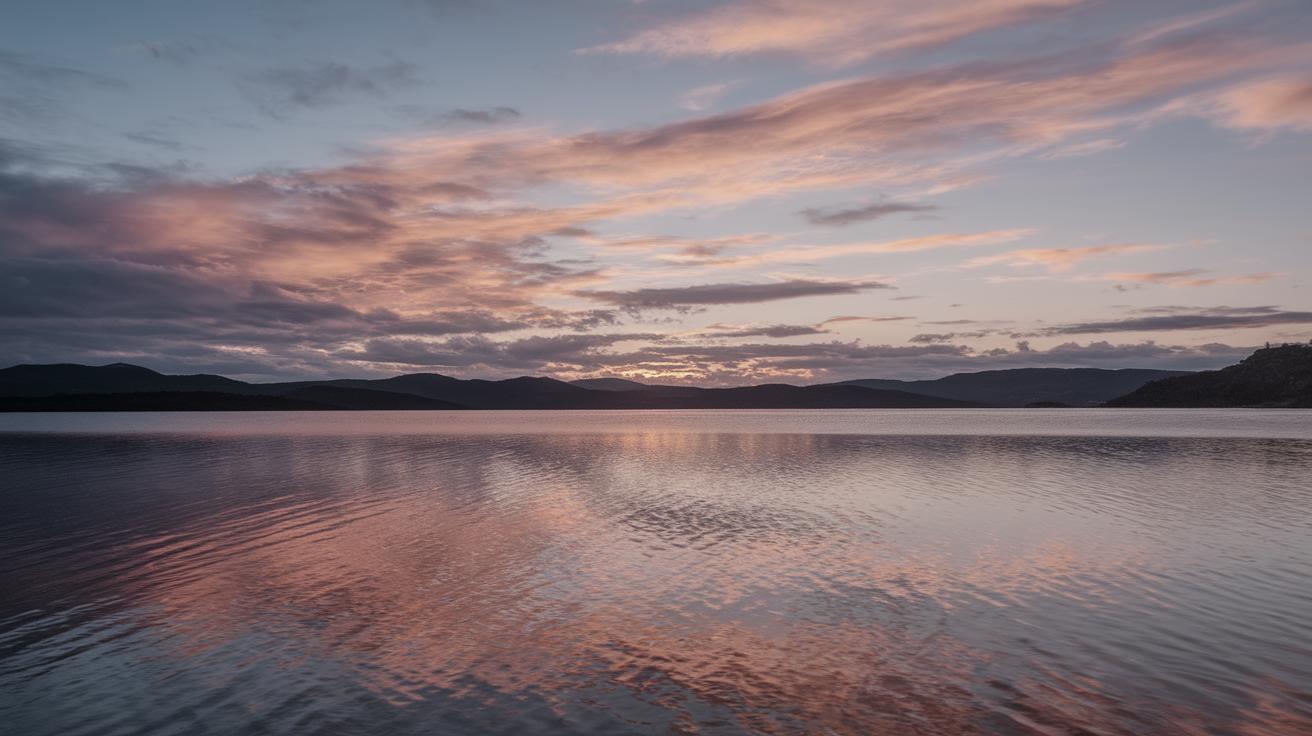Introduction
Landscape photography is a field that thrives on capturing the serenity and majesty of nature. Achieving the perfect shot requires not just talent, but the right equipment—particularly lenses. With an array of lenses available, finding the best ones for landscape photography can be daunting. This post explores the best lenses for landscape photography across various categories, from ultra-wide angles to super telephoto. By examining the unique features and benefits of these lenses, we aim to enhance your photographic ventures and help you choose the right lens for your needs. Whether you’re a novice or an experienced photographer, this guide will provide valuable insights into selecting lenses that elevate your landscape photography.
Best Ultra-Wide Angle Lens
Fish-eye Lens
Fish-eye lenses are known for their distinct barrel distortion, offering a 180-degree angle of view that captures expansive scenes with creative flair. This lens type is particularly revered in landscape photography for its ability to produce intriguing, curved perspectives that challenge traditional compositions. While fish-eye lenses can introduce excessive distortion, this can be an asset for photographers looking to experiment with unique panorama renditions or intriguing artistic shots.
The use of a fish-eye lens allows photographers to encapsulate more of the environment, making it a superb choice for shooting vast landscapes or big sky country. These lenses excel in transforming vast open spaces into immersive experiences and are particularly useful in settings with compelling foreground interest. When used sparingly, the fish-eye lens can introduce a dynamic approach to landscape photography.
Best Rectilinear Ultra-Wide Lenses
Rectilinear ultra-wide-angle lenses are engineered to maintain straight lines and minimize distortion across the frame, making them ideal for photographers who prioritize clean, geometric compositions. These lenses are indispensable for monumental landscapes that demand both breadth and precision, often featuring focal lengths between 10mm and 24mm for APS-C cameras or 14mm to 24mm for full-frame cameras.
Photographers favor rectilinear lenses for their ability to portray natural grandeur while lending integrity to architectural lines. They are particularly significant in areas where precise lines must remain undistorted such as cliff faces, canyons, or architectural environments embedded in landscapes. These lenses provide a balanced perspective that showcases natural beauty with rich detail.
Best Wide Angle Lenses
Wide-angle lenses are essential tools for landscape photographers, providing an idyllic balance of scene coverage and perspective management. These lenses typically range from 24mm to 35mm on full-frame cameras and are praised for their ability to embrace the whole picture while retaining the field’s depth and proportion.
The success of wide-angle lenses lies in their versatility; capturing expansive vistas without imposing significant distortion challenges. They allow elements in the foreground to anchor the viewer’s attention, leading the eye naturally into the landscape’s expanse. For those looking to capture epic scenes or the right balance between sky and ground, wide-angles remain a first choice.
Best Normal Lens for Landscape Photography
Normal lenses, often characterized by a focal length around 50mm on full-frame cameras, present an image perspective closely akin to human vision. While they may not be the first selection for landscape photography, their ability to capture true-to-life proportions makes them a versatile choice for numerous photographic conditions.
The strength of a normal lens lies in simplicity and practicality—perfect for capturing poignant details within the landscape, such as natural patterns or compact vistas that do not require a wide or telephoto perspective. These lenses provide an effortlessly natural representation of the environment, often resulting in images that communicate a primal resonance with viewers.
Best Short Telephoto Lens for Landscape Photography
Short telephoto lenses, often ranging between 70mm to 105mm, bring forth an advantageous approach to landscape photography by isolating subjects against expansive settings. Ideal for creating compositions with more intricate detailing, they allow photographers to explore landscapes in highly aesthetic, almost painterly ways.
These lenses encourage a focus on balance and juxtaposition, accentuating particular elements of the landscape, such as rolling hills or mist-laden valleys. Often integral to landscape work that demands a nuanced interplay of light and shadow, short telephotos act to not only simplify compositions but also highlight the textures and nuances nature provides.
Best Super Telephoto Lens for Landscape Photography
Super telephoto lenses extend the visual reach of photographers, often starting at 300mm and above. They excel in capturing distant subjects with incredible detail, emphasizing texture, light contrast, and bringing faraway vistas close enough to reveal their hidden splendor.
The utility of super telephoto lenses becomes apparent when canvasing expansive deserts, mountainous regions, or densely packed forest terrains where intimacy and detail are paramount. Leveraging their optical reach, photographers can explore landscapes far beyond the scope of the naked eye, creating impactful compositions that resonate powerfully in the absence of physical proximity.
Why Super Telephoto Zooms are My Preferred Lenses for Landscapes
Super telephoto zoom lenses carve out a distinctive niche in my landscape photography, offering a dynamic range of focus lengths that enable adaptive shooting across diverse environments. These lenses combine the focal length versatility of telephoto into a single package, allowing for creative repositioning and focus distance adjustment without needing to swap out lenses.
They serve as an unparalleled tool for exploring contrasting elements within a landscape, focusing deeply on detail-oriented subjects or expansive environmental breadth as required. Moreover, the attributes of super telephoto zooms in isolating subjects from their backgrounds echo my style, producing sharp, compelling images that emphasize perspective and distance powerfully.
Checklist for Getting Any New Lens
Investing in a new camera lens requires a thorough checklist to ensure it meets your photographic needs. Start by considering the lens build quality and durability, as robust construction often correlates with the capability to withstand challenging outdoor environments typical of landscape photography.
Next, scrutinize technical specifications such as the focal length range, maximum aperture, and lens mount compatibility with your camera body. Image stabilization and weather sealing are bonus features that can enhance stability and longevity. Lastly, evaluate lens weight and size to ensure it fits comfortably within your regular photography gear. Test the lens hands-on, if possible, to affirm its suitability to your shooting style.
Summary of Main Points
| Lens Type | Features | Best Uses |
|---|---|---|
| Fish-eye Lens | 180-degree view, barrel distortion | Creative compositions, dramatic panoramas |
| Rectilinear Ultra-Wide | Minimized distortion, straight lines | Architectural landscapes, precise geometry |
| Wide Angle Lens | Balanced perspective, expansive views | Grand vistas, balanced sky-to-ground ratio |
| Normal Lens | True-to-life perspective | Natural patterns, detail-rich close-ups |
| Short Telephoto Lens | Isolates subjects, enhances depth | Textural details, focused isolation |
| Super Telephoto Lens | Extended reach, compresses depth | Distant subjects, detailed depth |


